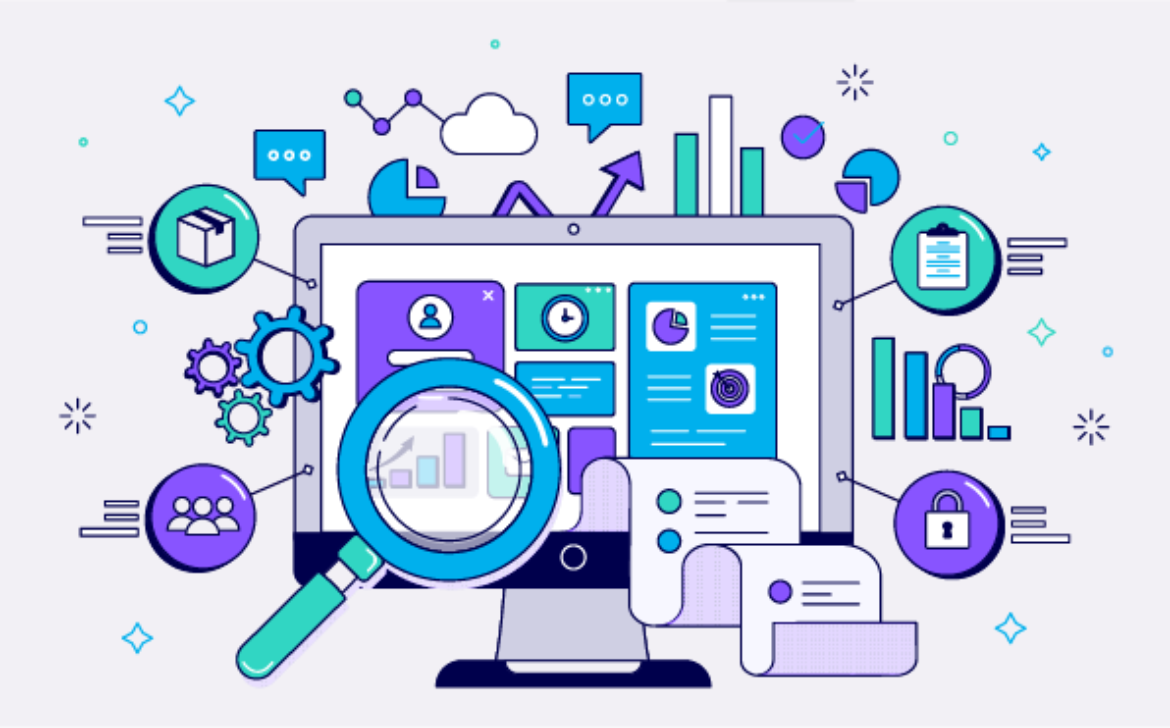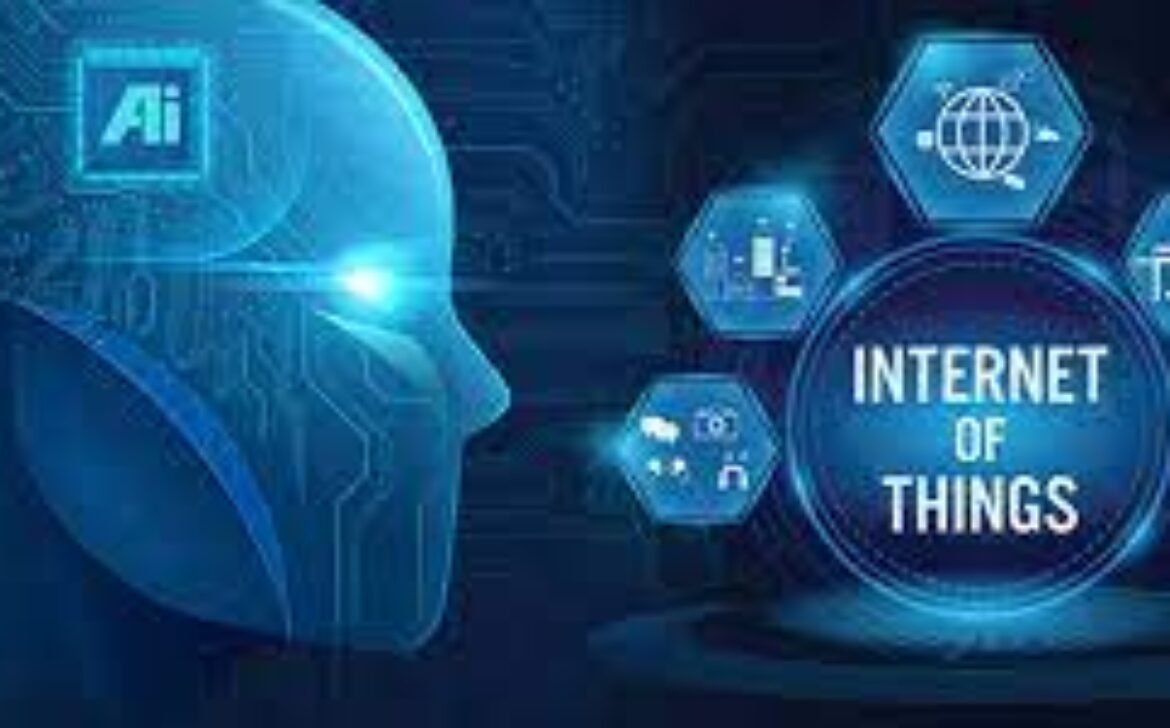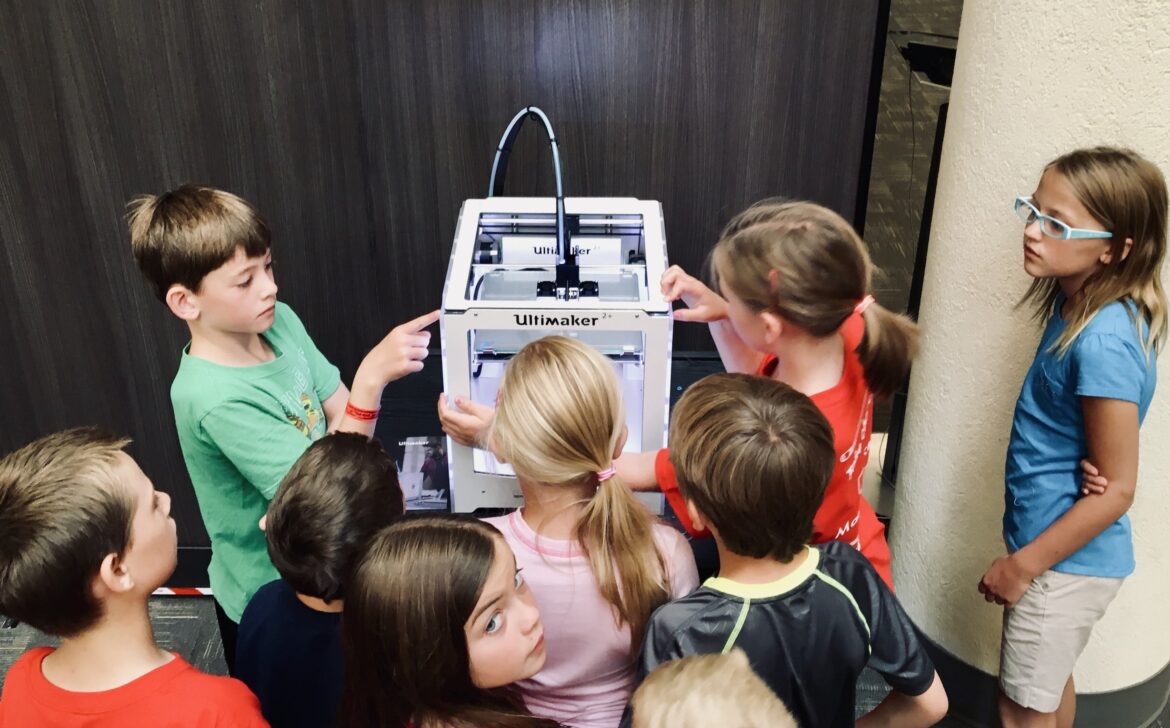Navigating the Web: Unveiling the Digital Landscape
Introduction
Embark on a journey through the digital cosmos as we delve into the web’s evolution, components, and impact. Explore how the web, born from Tim Berners-Lee’s visionary idea, has revolutionized communication, information access, e-commerce, education, and innovation. This blog unravels the intricate web that shapes our online world and sets the course for its future.
The Birth and Evolution of the Web
Trace the birth of the web from Tim Berners-Lee’s vision to the creation of the first website in 1991. Witness its evolution from text-based pages to a multimedia-rich platform that connects individuals, businesses, and ideas.
Components of the Web
- Web Pages: Explore the building blocks of the web, where text, images, videos, and interactivity merge to form a vast network of interconnected content.
- Web Browsers: Navigate the digital realm with web browsers like Chrome, Firefox, Safari, and Edge, providing gateways to the web’s wealth.
- Hyperlinks: Discover the threads that weave the web together, enabling seamless transitions between different web pages.
- URLs: Understand how Uniform Resource Locators (URLs) pinpoint web page locations through protocols, domains, and paths.
- HTML and CSS: Dive into Hypertext Markup Language (HTML) and Cascading Style Sheets (CSS), which structure content and create captivating designs.
The Significance of the Web
- Information Access: Embrace the democratization of knowledge as the web opens doors to news, research, entertainment, and tutorials.
- Communication: Experience the global connectivity fostered by email, social media, and messaging platforms.
- E-Commerce: Witness the web’s transformative impact on commerce, offering a myriad of products and services at users’ fingertips.
- Education: Explore how online learning platforms transcend traditional classrooms, providing education to a worldwide audience.
- Innovation and Collaboration: Discover the collaborative nature of the web, driving innovation through open-source projects and shared ideas.
The Web’s Challenges and the Future
While the web offers boundless opportunities, challenges such as privacy concerns, misinformation, and digital divides persist. Anticipate a future where AI, IoT, and ethical considerations shape a more interconnected and responsible web.
Conclusion
Beyond a network of pages, the web is a digital canvas where ideas converge, knowledge flows, and connections flourish. From visionary beginnings to endless possibilities, the web reshapes our interactions with the world. As we navigate this digital frontier, understanding its components, significance, and challenges empowers us to harness its potential and shape a brighter future.










